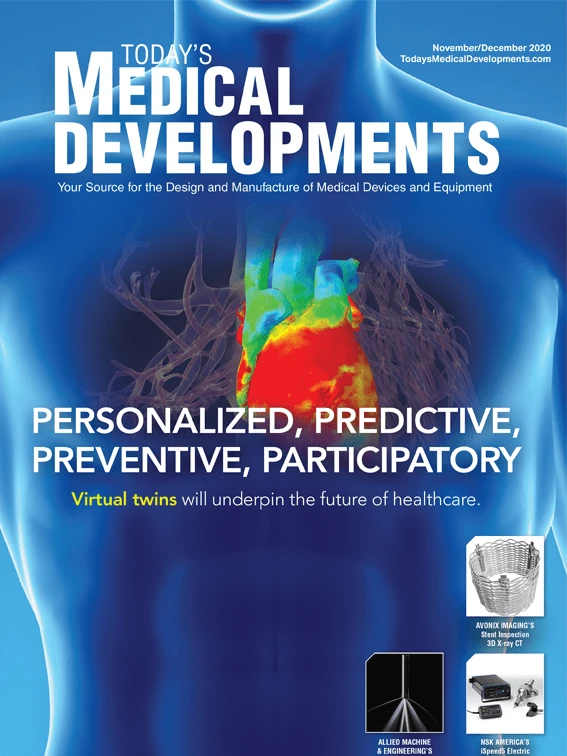
Pandemic. Ventilators. Personal protective equipment (PPE). Vaccines. Manufacturers pivot to medical. Supply chain disruptions. 59,315,201 global COVID-19 cases. 1,399,073 global deaths from COVID-19. Machine tool and cutting tool orders up, down, uncertain. Essential workers. Teams meetings. Virtual events. Work from home. Shutdowns. Lockdowns. Stay-at-home orders. Virtual schooling. Masks. Social distancing. Knowing too many who have had COVID-19. Sadly, knowing some killed by COVID-19. Election 2020.
No one had 20/20 vision as 2020 started, because no one anticipated a pandemic. The Federal Reserve Bank of Chicago’s Economic Outlook Symposium’s (EOS) summary of 2019 results and 2020 forecasts projected, “The EOS consensus forecast for 2020 is for the pace of economic growth to be close to the long-term average. In 2020, the growth rate of real gross domestic production (GDP) is forecasted to be 1.7% – lower than the projected 2.2% rate for 2019. The quarterly outlook reveals a fairly steady expected performance throughout 2020 (close to the annual pace) for real GDP growth. The unemployment rate is predicted to remain relatively steady, at or near a very low 3.7% for each quarter, through the end of 2020.” The U.S. unemployment rate declined to 6.9% in October 2020 after peaking at 14.7% in April.
OK, I’ll stop with the gloom and doom. There are lots of bright spots I can find in 2020. As the pandemic took hold, many people from a range of manufacturing industries stepped up to the challenges the country, and world, was facing. (Click here to see how an automotive thermoformer pivoted to hospital bed production.)
Additive manufacturing/3D printing technology was used to produce Charlotte valves for ventilators. Partnerships formed to develop, test, and receive FDA clearance for 3D-printed nasopharyngeal (NP) test swabs. Machine tool builders rushed new equipment to manufacturers whose demand for ventilator production increased 1,200%. Still others worked across their partner networks to scale production of masks, face shields, ventilator parts, continuous positive airway pressure (CPAP) to ventilator conversions, contactless temperature measurement devices, and powered air purifying respirator (PAPR) components.
Even amid this rush to meet demands for these urgently needed products, many manufacturers took a closer look at their operations and where they could improve them. Automation was the answer, especially as some production lines required reconfiguration to adhere to state social distancing requirements. Automation is also key for companies producing vials, syringes, and all the other products needed at scale so COVID-19 vaccines can be administered globally.
Automation and advancement of manufacturing technology played a major role in the quick responses that got PPE and supplies to frontline workers, and it will remain important as we enter 2021 and need to roll out vaccines, globally.
Even with some of the good we’ve seen in 2020, I’m not sad to say goodbye to 2020, but with one exception. We all missed the chance to wish Joe DiFranco, founder of TMD, a face-to-face goodbye and happy retirement. Thank you, Joe (jdifranco@gie.net), I believe I speak for many in saying we will miss working with you.

Explore the November December 2020 Issue
Check out more from this issue and find your next story to read.
Latest from Today's Medical Developments
- Teradyne Robotics debuted AI accelerator-powered solutions at NVIDIA GTC 2025
- Measurlabs opens a facility in California
- Sumitomo’s AC9115T & AC9125T – Turning grades for titanium
- #41 Lunch + Learn Podcast - SMW Autoblok
- Machine learning framework enhances precision, efficiency in metal 3D printing
- SkillMill – 60-year-old milling machine with digital twin
- Lumetrics’ OptiGauge II EMS
- EMI completes installation of 128-axis CNC turning & milling machine







